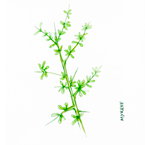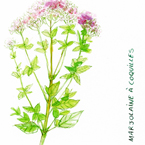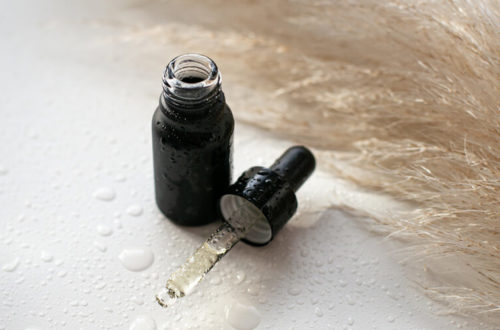
Essential Oil of the Month: Organic Myrrh
Commiphora myrrha The essential oil of myrrh comes from the steam distillation of water from the resin of the myrrh tree, sometimes called balsam. Its color is amber yellow, its scent is both enveloping, warm with a hint of bitterness.
WHAT PROFITS?
The essential oil of myrrh has anti-inflammatory, analgesic, anti-infective and healing *. It is indicated mainly in case of skin conditions (scars, acne …) or joint pain *.
* Source: The Great guide essential oils Fabienne Millet Special
Precautions : While taking into account the precautions related to this mode of use (do not use in children under twelve, in case of asthma, in the presence of rosacea and skin irritation in the face. Do not use citrus oils (irritating) or essential oils dermocaustic.
Source: The great guide essential oils Fabienne Millet
The shrub softwood with thorny branches and tormented harbor is about 3 meters high and it is like incense to the family Burseraceae **. It grows mostly in desert areas of the Horn of Africa (North East) and the Arabian Peninsula. At the end of the summer, the shrub is covered with small flowers orange-red and Meanwhile, its trunk swells.
** Burseraceae tropical family with 600 species, produce gummy oleoresin, fragrant, used for their balsamic properties. Encyclopaedia Universalis.
HOW TO HARVEST RESIN?
Under the bark of the tree run channels that secrete a milky sap that comes naturally or following an incision. The resin exudes juice and hardens in contact with air. Then the “tears of myrrh,” a fragrant reddish brown when dried will be collected.
This essential oil is reserved for adults.
Think consult the general precautions before use.





